Table of Contents
What is a Chemical Equation?
Just as the atoms of various elements are represented by symbols and the chemical compounds by formulae, in the same manner, a chemical reaction (a chemical change that the matter undergoes) is represented by means of a chemical equation.
A chemical equation is a shorthand expression for a chemical reaction in terms of the symbols and formulae of the reacting substances (reactants) and the products formed.
Steps in writing a Chemical Equation:
In order to write a chemical equation, proceed as follows-
(i) Write down the formulae of the reactants, separating them by a plus (+) sign (s). Put a sign of equality (=) or an arrow (—->) after the formulae of the reactants and then in a similar way, write down the formulae of the products on its right-hand side. This gives us a skeleton equation.
(ii) Now equalise the number of various atoms appearing on both sides of the skeleton equation, without bringing any change in the formulae of the compounds. The equation, thus obtained, is known as a balanced equation.
For instance, the reaction between sodium and water to form sodium hydroxide and hydrogen can be represented as given below-
Na (sodium) + H2O (water) ——–> NaOH (sodium hydroxide) + H2 (hydrogen) [Skeleton Equation]
2Na (sodium) + 2H2O (water) ——–> 2NaOH (sodium hydroxide) + H2 (hydrogen) [Balanced Equation]
Some more examples are-
(i) Reaction between sodium hydroxide and sulfuric acid to form sodium sulfate and water.
NaOH (sodium hydroxide) + H2SO4 (sulphuric acid) ——–> Na2SO4 (sodium sulfate) + H2O (water) [Skeleton Equation]
2NaOH (sodium hydroxide) + H2SO4 (sulphuric acid) ——–> Na2SO4 (sodium sulfate) + 2H2O (water) [Balanced Equation]
(ii) Reaction between nitrogen and hydrogen to form ammonia.
N2 (nitrogen) + H2 (hydrogen) ———> NH3 (ammonia) [Skeleton Equation]
N2 (nitrogen) + 3H2 (hydrogen) ———> 2NH3 (ammonia) [Balanced Equation]
(iii) Decomposition of potassium chlorate to form potassium chloride and oxygen.
KClO3 (potassium chlorate) ——–> KCl (potassium chloride) + O2 (oxygen) [Skeleton Equation]
2KClO3 (potassium chlorate) ——–> 2KCl (potassium chloride) + 3O2 (oxygen) [Balanced Equation]
Essentials of a Chemical equation:
- It must represent a true chemical change i.e. it must be chemically correct.
- It must be balanced. That is, the number of various atoms on the two sides of a chemical equation must be same.
- It should be molecular. That is, the reactants and products involved in a chemical reaction should be written as molecules.
Information Conveyed by a Chemical Equation:
A chemical equation conveys the following information-
- About the qualitative nature of the reaction. That is, what substances react to form what new substances.
- The relative number of the molecules of the reactants and the products.
- The composition of various substances involved in the chemical reaction.
- The relative weights of the reactants as well as the products.
- The relative volumes of gaseous substances consumed or formed.
Let us consider, for instance, the action of carbon dioxide on sodium hydroxide.
2NaOH (sodium hydroxide) 2(23+16+1) = 80 + CO2 (carbon dioxide) 12+2X16 = 44 ———> Na2CO3(sodium carbonate) 2X23+12+3X16 = 106 + H2O (water) 2X1+16 = 18
This equation gives us the following information:
- Sodium hydroxide and carbon dioxide react together to form sodium carbonate and water.
- Two molecules of sodium hydroxide react with one molecule of carbon dioxide to form one molecule of sodium carbonate and one molecule of water.
- One molecule of sodium hydroxide contains one atom of sodium, one atom of oxygen and one atom of hydrogen; one molecule of carbon dioxide contains one atom of carbon and two atoms of oxygen; one molecule of sodium carbonate contains two atoms of sodium, one atom of carbon and three atoms of oxygen; one molecule of water contains two atoms of hydrogen and one atom of oxygen.
- 80 grams of sodium hydroxide react with 44 grams of carbon dioxide to form 106 grams of sodium carbonate and 18 grams of water.
- 80 grams of sodium hydroxide consume 22.4 litres of carbon dioxide at S.T.P.
Limitations of a Chemical Equation:
Although a chemical equation gives us valuable information about a chemical change, yet it suffers from certain limitations. It does not convey us any information about the following facts-
- The physical state of the reactants and products, whether they are solids, liquids or gases.
- The concentration of the reactants.
- Time used in the completion of a reaction.
- Speed of the reaction, whether it is fast or slow.
- Whether the reaction is accompanied by the evolution of heat (exothermic reaction) or by absorption of heat (endothermic reaction).
- Whether the reaction is reversible or irreversible.
- Any other condition essential for the reaction such as temperature, pressure or any catalyst.
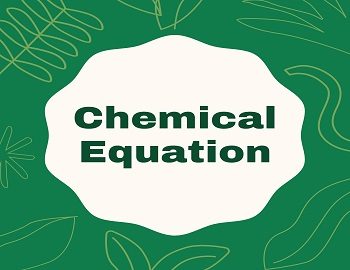
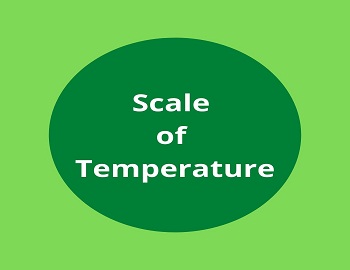
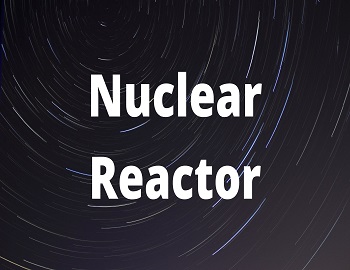
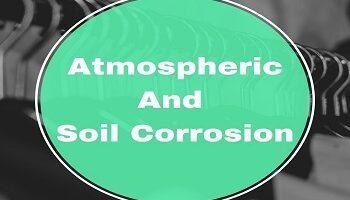

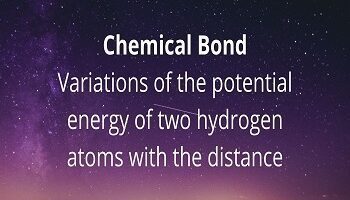
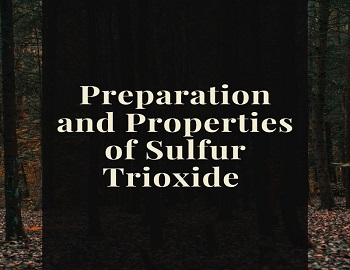


Comments (No)